Scientific American Supplement, No. 360 (Nov 25, 1882)
Scientific American Supplement, No. 360 (Nov 25, 1882)
Book Excerpt
exceedingly hard,
acquiring a molecular contraction and a fineness of grain such that
polishing gives it the appearance of polished nickel. Compressed steel,
like tempered steel, acquires the coercitive force which enables it to
absorb magnetism. This property should be studied in connection with
its durability; experiments have already shown that there is no loss of
magnetism at the expiration of three months. This compression has no
analogue but tempering. Hammering and hardening modify the molecular
state of metals, especially when they are practiced upon metal that is
nearly cold, but the effect of hydraulic pressure is much greater.
The phenomena which are produced in both methods of tempering may be
interpreted in different ways, but it seems likely that there is a
molecular approximation, an amorphism from which results the homogeneity
that is due to the absence of crystallization. Being an operation which
can be measured, it may be graduated and kept within limits which are
prescribed in advance; dir
Editor's choice
(view all)Popular books in Periodical
Readers reviews
0.0
LoginSign up
Be the first to review this book

 Free Download
Free Download











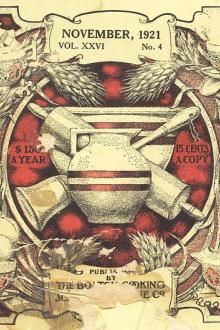

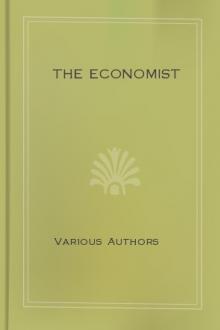


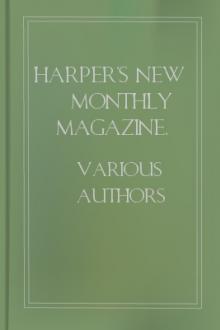
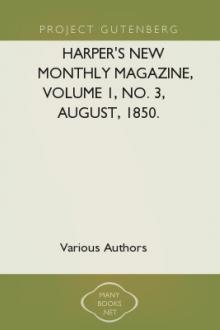
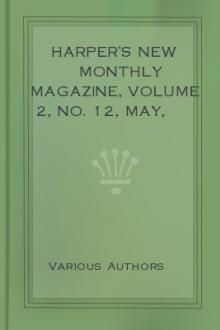
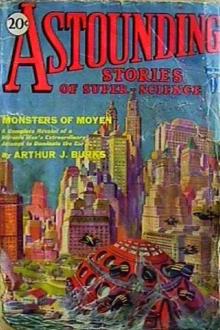
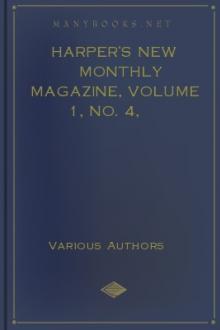
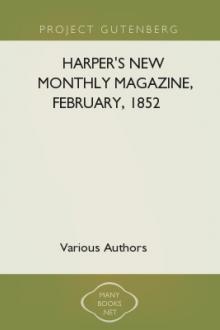
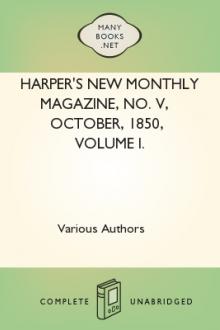
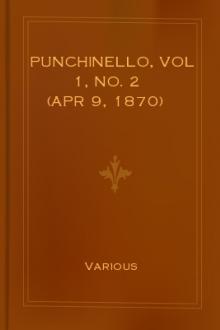
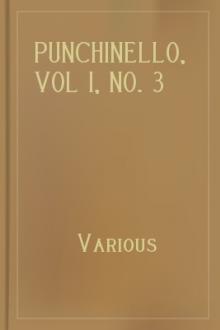

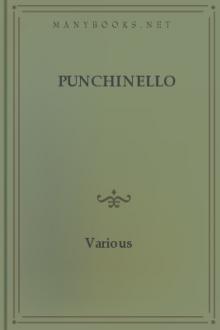
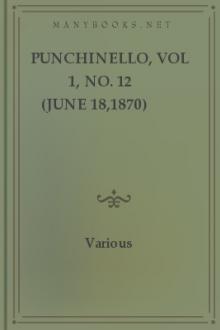
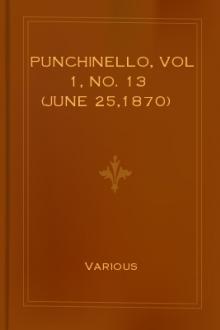
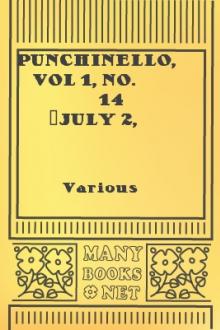
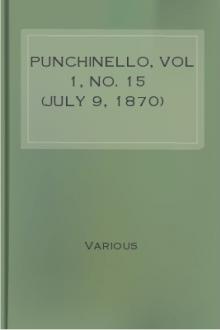
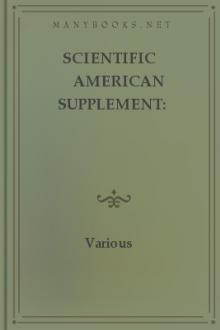
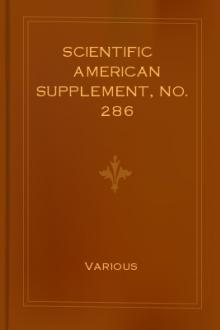
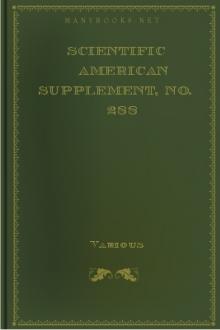
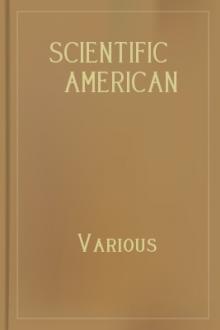
-itok=vcKIB5v1.jpg)